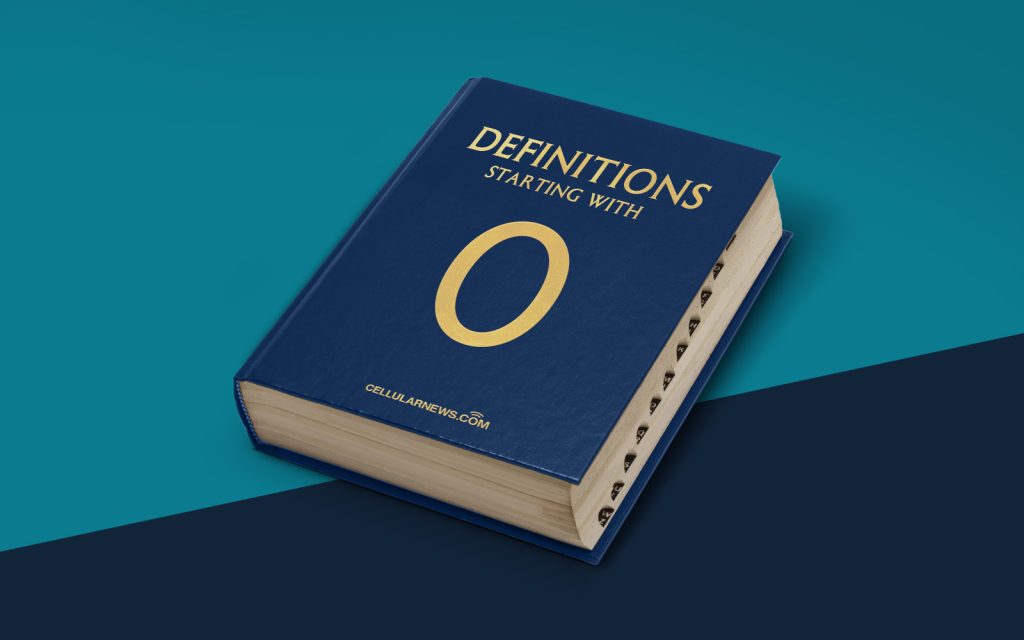
Unlocking the Mystery of Optical Character Recognition (OCR)
Have you ever wondered about the technology behind converting scanned documents or images into editable and searchable text? If you have, then you’re in the right place! In this blog post, we will dive deep into the fascinating world of Optical Character Recognition (OCR) and explore its applications, benefits, and how it works.
Key Takeaways:
- OCR is a technology that converts images or scanned documents into editable and searchable text.
- OCR has revolutionized the way businesses digitize their data, automate data entry, and enhance document management.
What is Optical Character Recognition (OCR)?
Optical Character Recognition, commonly known as OCR, is a technology that converts printed or handwritten text from images, scanned documents, or even typewritten text into machine-encoded text. OCR has emerged as a crucial tool in the digital age, helping individuals and businesses process large amounts of data efficiently.
The process of OCR involves capturing the image of the text, analyzing it, and then translating it into a format that can be read and manipulated by computers. It replicates the human ability to recognize characters and structures within a document, while also interpreting any formatting, tables, and graphics in the original document.
How Does OCR Work?
Optical Character Recognition employs sophisticated algorithms and machine learning models to identify and extract text from images or scanned documents. Let’s break down the process into simple steps:
- Image Pre-processing: The OCR software analyzes the image and adjusts the contrast, brightness, and orientation to enhance legibility and prepare it for text extraction.
- Text Detection: The OCR software locates and isolates each individual character or word within the image using image segmentation techniques.
- Character Recognition: The identified characters are matched against a database of known characters or patterns, enabling the software to determine the exact text represented by each character.
- Text Verification: To ensure accuracy, the OCR software verifies the recognized text through algorithms that check for coherence, context, and language patterns. It also considers adjacent characters to correct any errors or ambiguities.
- Output Generation: Finally, the OCR software outputs the recognized text in a format that can be edited, searched, or integrated into various applications or databases.
OCR technology has made significant advancements over the years, improving accuracy and handling various languages, fonts, and document layouts. With the integration of artificial intelligence and machine learning, OCR systems now have the ability to learn from previous examples, continually improving their performance and adaptability.
Applications and Benefits of OCR
Today, OCR is widely used across diverse industries and sectors due to its immense potential and benefits. Here are some of the key applications of OCR:
- Data Entry and Document Digitization: OCR technology automates the extraction of data from invoices, receipts, forms, and other documents, reducing manual data entry efforts and potential errors.
- Enhanced Document Management: OCR enables efficient document indexing, storage, and retrieval. It allows for keyword searches within documents and facilitates seamless integration with document management systems.
- Improved Accessibility: OCR plays a crucial role in making documents more accessible for individuals with visual impairments. By converting text into speech or braille, it opens up a world of information for people with disabilities.
- Translation and Multilingual Support: OCR technology enables the automatic translation of text in different languages, making it easier for businesses and individuals to communicate globally.
In conclusion, Optical Character Recognition (OCR) has revolutionized the way we handle and process textual data. From automating data entry to enhancing document management and accessibility, OCR continues to play a significant role in our increasingly digitized world. So the next time you scan a document or convert an image into text, remember the wonders of OCR at play!
